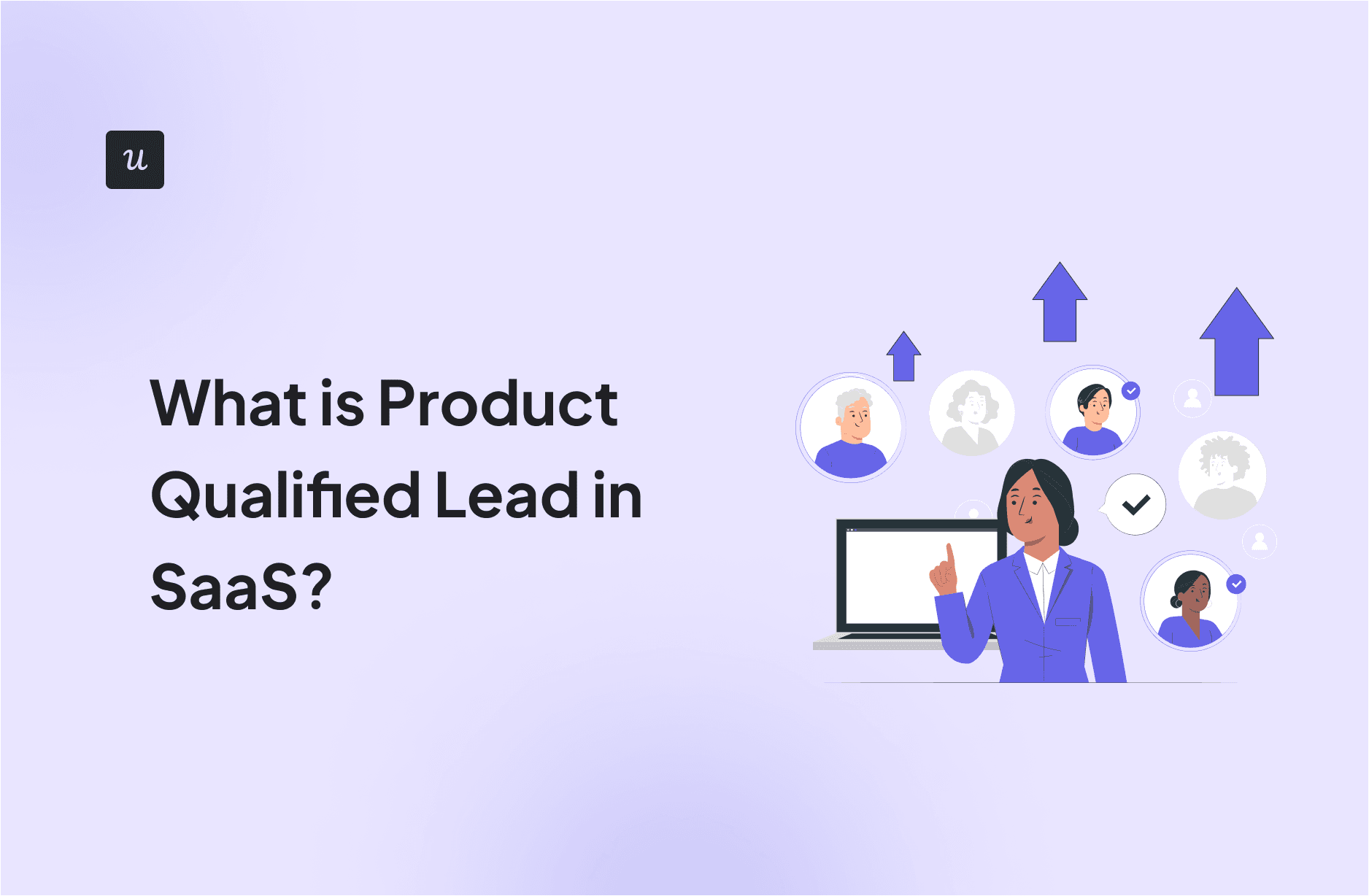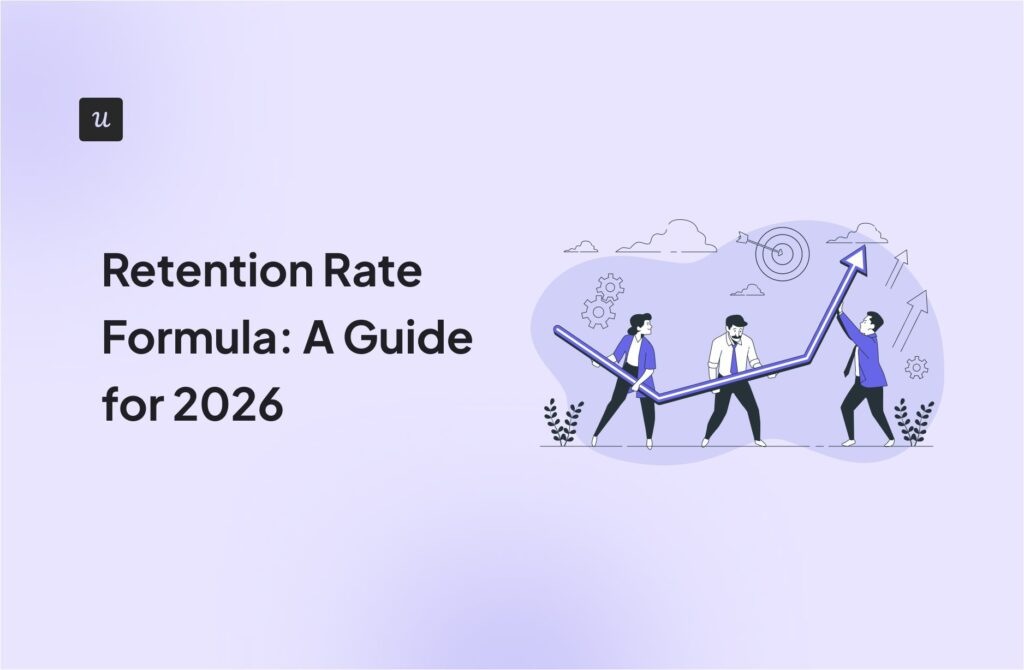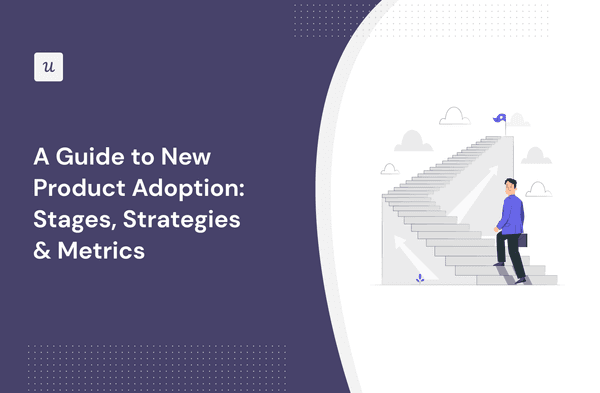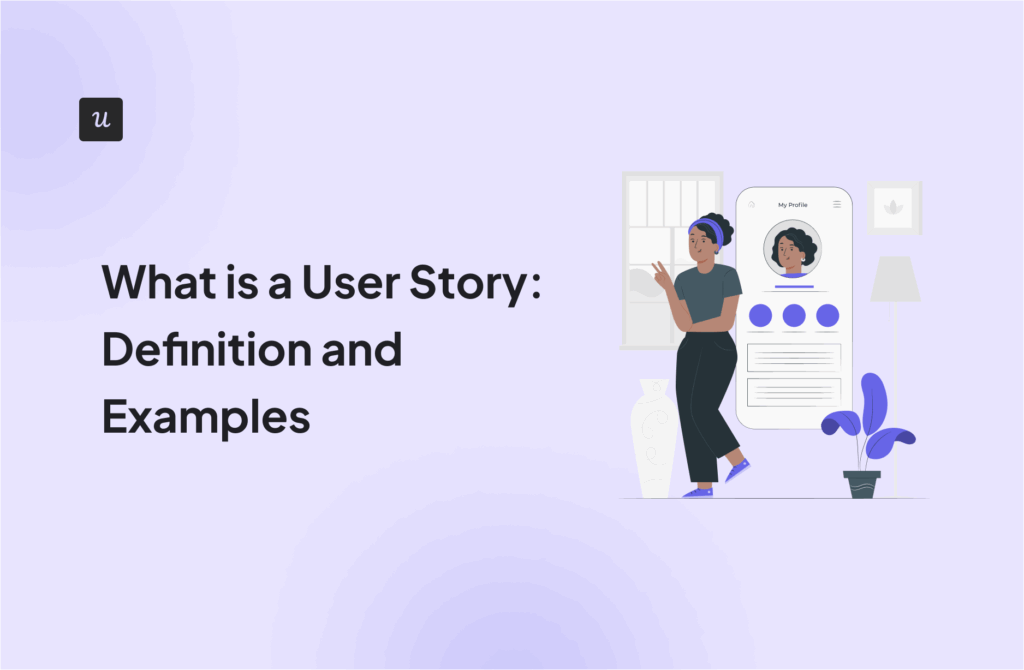
Curious about what a product-qualified lead (PQL) is and how it stands apart from sales or marketing-qualified leads?
You’re in the right place! This guide will explain the differences and explore practical strategies to convert more customers and drive growth through product-led initiatives.
Try Userpilot Now
See Why 1,000+ Teams Choose Userpilot

TL;DR
- PQLs are potential customers who demonstrate a genuine interest in your product by actively using it, typically through a free trial or a freemium model.
- There are four types of PQLs: free users, hand-raisers, users who have tripped a feature limit, and users who convert without any interaction with product teams.
- A marketing-qualified lead is a prospect who engages with marketing assets but requires further nurturing to convert. On the other hand, a sales-qualified lead is ready for direct sales engagement based on their expressed interest.
- Benefits of generating product-qualified leads include higher conversion rates, shorter sales cycles, and higher annual contract value.
To identify the PQLs of your product, follow the below steps:
- Define your ideal customer profiles by detailing characteristics such as demographic information, business size, industry, behavioral traits, and key pain points.
- Identify activation points by tracking the usage patterns of power users, then pinpoint key actions that signal value realization.
- Combine ideal customer profiles and activation points to establish your Product Qualified Leads (PQLs), focusing on users who meet specific criteria indicative of a high likelihood to convert.
Here are some PQL examples from famous sales and marketing teams:
- Slack defines a Product Qualified Lead (PQL) as an account that exceeds the free 2,000-message limit within two weeks, indicating significant engagement and potential interest in a paid upgrade.
- Dropbox identifies a PQL based on the immediate action of uploading files within the first hour of registration, signaling a direct need for its cloud storage services.
- HubSpot considers users who engage with at least five different features within the first 60 days as PQLs, reflecting deep exploration of the platform and potential for full integration into business operations.
To turn product-qualified leads into customers, implement the strategies below:
- Use interactive walkthroughs to guide users through using a feature and experiencing its value.
- Provide exceptional customer service through a self-serve resource center.
- Trigger upgrade prompts at high-intent moments when users will benefit from account expansion
Ready to get started? Get a demo and see how Userpilot can help you analyze user data, identify PQLs, and trigger in-app experiences that spark sales conversations.
What is a product-qualified lead?
A product-qualified lead (PQL) is a potential customer who has demonstrated behaviors that indicate a high likelihood of purchasing. PQLs are defined by their engagement with a product through a free trial, freemium model, or a limited feature version.
These users have experienced the product’s value firsthand, making them more likely to convert into paying customers compared to leads generated solely through marketing efforts.

Types of product-qualified leads
All PQLs are important, but they vary in their sales and conversion readiness. Here’s an overview:
- Free users: This is the lowest level in the spectrum. Free users are individuals or companies who sign up for your product’s free plan or trial to explore its features. They may complete your key activation steps, but you can’t be sure if they’re interested in converting or prefer sticking to your free version. This group requires the most sales involvement to become paying customers.
- Hand raisers: This category refers to users who have explicitly expressed interest in upgrading or learning more about premium features through actions like requesting a demo, contacting sales, or clicking on in-app upgrade prompts. Their proactive outreach signifies a strong intent to explore purchasing options.
- Users who have tripped a feature limit: These users have reached the usage threshold of specific features or capabilities within the free plan (e.g., number of projects, storage space, or user seats). Exceeding the usage limits often means that they realize the product’s initial value and are ready for account expansion. Many times, a simple in-app upsell message is often all you’ll need to convert them from free to paid.
- Touchless purchase: This is the high end of the spectrum and the goal of every product marketing team. Users in this category have gone through the entire customer journey—from discovery to purchase—without interacting with the sales team.

Product qualified leads vs sales qualified leads vs marketing qualified leads
You already understand who product-qualified leads are, but how do they differ from marketing and sales-qualified leads?
Marketing-qualified leads (MQLs) are website visitors who show interest in your company’s product by downloading content, visiting pricing pages, or submitting a contact form. MQLs don’t convert easily because they’re still at the top of the conversion funnel, and most of them are just browsing around.
Sales-qualified leads (SQLs) are people who have gone a step further than MQLs and indicated a willingness to buy by requesting a sales call or demo. SQLs convert more than MQLs, but product-qualified leads top the chart.
Why is generating product-qualified leads important?
PQLs offer tons of benefits, such as:
- Higher conversion rates: PQLs have a proven interest in your product, so they tend to convert more than any other lead type.
- Shorter sales cycles: By definition, PQLs are potential customers who progress beyond the initial awareness stage and require less education and convincing from your team.
- Higher annual contract value: Product-qualified leads are often more willing to invest in premium plans or additional features since they understand the potential benefits. This propensity to upgrade or expand their usage leads to higher ACV.
How to identify your product-qualified leads?
Every product is unique, and no two businesses will have the same product-qualified lead criteria, but here’s a general three-step process you can use to identify your PQLs:
Define your ideal customer profiles
Start by noting the characteristics of customers who gain the most value from your product.
Cover as many details as you can. This includes factors like demographic details, business size, industry, behavioral traits, and key pain points.
Understanding your ideal customer personas helps you recognize which users are likely to benefit most from your product. With this clarity, you can refine your marketing efforts, making them more relevant for your leads.

Determine the activation points
Activation points are milestones within your product that signal a user is gaining value and moving toward conversion.
Follow these steps to find the activation point in your product:
- Track the product usage of power users to identify behavioral patterns.
- Based on these behavioral patterns, outline the key actions and features that led to the value realization.
- Collect feedback to validate and refine your assumptions—this can be as simple as asking newly converted users why they chose your tool or what feature(s) they found the most impactful.

Combine the ICP and product-activated lead to identify PQLs
Once you’ve defined your ICPs and customer activation criteria, it’s time to combine both data points to decide who your PQLs will be.
For example, imagine your ICP includes product managers at mid-sized SaaS companies, and activation occurs when a user utilizes your advanced analytics feature within the first week. A lead that fits these criteria would be a strong PQL.
Examples of PQLs from famous sales and marketing teams
If you’re defining a product-qualified lead for the first time, chances are you won’t feel super confident about your choice of activation point, especially because of how simple the action might be.
Let’s go over some examples from popular product-led organizations to inspire you.
- Slack: For Slack, an account is considered PQL if a team surpasses the free 2,000-message limit within the first two weeks of using the tool. This threshold indicates that the team has experienced Slack’s core values—easy communication and file sharing—and is likely to benefit from upgrading to a paid plan.
- Dropbox: In Dropbox’s case, a significant PQL trigger is uploading files within the first hour of signing up. This behavior shows immediate engagement and a clear need for cloud storage.
- HubSpot: HubSpot uses a more nuanced approach, considering users who actively engage with at least five different features within their first 60 days as PQLs. This level of interaction suggests that the user is exploring various aspects of the platform and potentially integrating it into their business processes.

How to turn product-qualified leads into customers?
After identifying a product-qualified lead, the next—and most important—step is converting them to a paying customer.
Use interactive walkthroughs to drive feature adoption
An onboarding flow that helps users discover more features and achieve key results with your product increases your chances of converting them.
Implement interactive walkthroughs to make your flows engaging and informative.
Walkthroughs are effective because they provide step-by-step guidance and help users learn by actively using your product. This value-based strategy helps them adopt your tool faster.

Provide exceptional customer service
After experiencing the basic value of your product, PQLs might still encounter questions or issues that need swift resolution.
Proactively address such situations with a robust self-serve resource center that users can visit at any time.
You can embed different types of support materials into this portal, such as documentation articles, FAQs, video tutorials, user guides, a chatbot, and a link to contact human support.

Trigger contextual upgrade prompts
Upsell prompts are powerful tools for converting PQLs, particularly when triggered at high-intent moments. These moments occur when users demonstrate behaviors that indicate a readiness to invest more deeply in the product, such as reaching a usage limit or repeatedly using a specific feature.
For example, Loom effectively uses this strategy by prompting users to upgrade when they hit the 5-minute recording limit on their free plan.

Conclusion
A key element of the PQL approach is consistently researching users and delivering in-app experiences that highlight your tool’s value.
Userpilot can assist. Our platform enables you to conduct in-depth user behavior analysis, collect customer feedback, and deploy in-app experiences that move your product-qualified lead further along the conversion process. Book a demo to discuss your needs and get started today!







